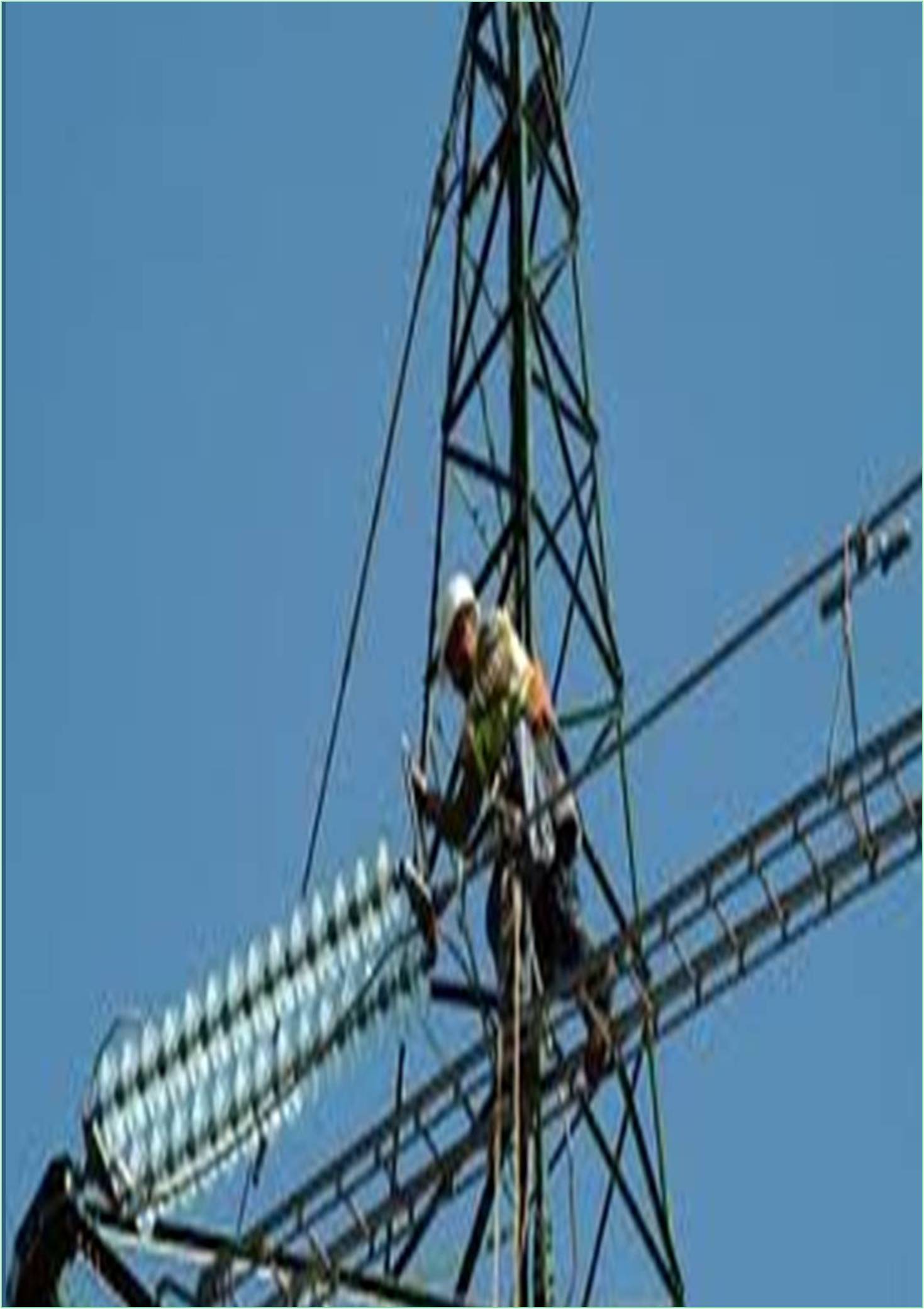



Received: 01-Nov-2022, Manuscript No. GJEEE-23-85689; Editor assigned: 04-Nov-2022, Pre QC No. GJEEE-23-85689(PQ); Reviewed: 18-Nov-2022, QC No. GJEEE-23-85689; Revised: 25-Nov-2022, Manuscript No. GJEEE-23-85689(R); Published: 02-Dec-2022, DOI: 10.15651/GJEEE.22.3.012
With the solid-state ruby laser first discovered in 1960, Theodore Harold Maimane described the great potential of his invention by stating that a solution seeks a problem. Since then, lasers have been successfully used in various industrial and manufacturing processes such as welding, material processing and cutting. In the 1980s, materials science experienced a boom in the use of pulsed lasers for thin film deposition through so-called pulsed laser ablation and deposition techniques. This allows superconductors, semiconductors, ceramics, and alloys with well-defined compositions, phases, and properties.
Over the past two decades, laser ablation processes have played an important role in the development of new materials by using different pulse widths in the time range from ns to fs. Both ns and fs pulses provide materials suitable for numerous applications such as bioactive, catalytic, energy conversion or storage, plasma, electronic, thermionic, thermoelectric, and photonic devices for Osseo integrated prostheses shows great versatility. Most of these can be obtained in different environmental conditions such as in vacuum, inert or reactive background gas as well as in liquid. Laser ablation performed in liquid has opened new opportunities for obtaining, straight forwardly, very stable colloidal nanoparticles suspensions without the use of either reactive chemicals or stabilizers.
With the widespread availability of highly powerful ultrashort laser pulses, in the range of a time scale, even the pulsed laser deposition technique has been demonstrated to be suitable for obtaining nanostructured thin-film systems, mostly made of nanoparticles retaining, in general, the starting ablated target material composition. However, an ablation threshold with an energy density of 1–10 J/cm per unit area is required to trigger such processes. This in each case depends on both the type of material used and the laser properties used. However, when certain conditions are met at laser valences close to the ablation/damage threshold, laser– matter interactions lead to the formation of micro patterned surfaces, commonly defined as laser-induced periodic surface of the structures formation can be induced. Their properties are highly dependent on the parameters of the laser beam (wavelength, pulse duration, fluency, angle of incidence, repetition rate, number of spatially effective incident pulses, etc.) and the physical and chemical properties of the material. There are many possible process routes described by suitable models or combinations of them. Laser pulses lasting longer than the timescale can provide surface patterns in materials, as in Birnbaum's seminal work published in 1965, but ultrafast lasers lack the ability to limit the laser's thermal effects. It is used almost exclusively for this purpose because of the matter interaction process.
Ultrafast lasers are effective in forming periodic structures on the surface of any material (metals, semiconductors, dielectrics). These structures can have spatial periods characterized by ripples or ridges that represent the wavelength of the incident pulsed laser beam. In contrast, the low spatial frequency LIPSS (LSFL) regime is considered when the periodic structure is defined as high spatial frequency LIPSS (HSFL), where the ripple generally has a period in the range close to the subwavelength ripple. It is important to emphasize that the current literature is inconsistent regarding the definitions of LSFL and HSFL with respect to the periodicity/wavelength relationship. Regarding the orientation of each material, when two spatially periodic LSFLs or HSFLs occur, they are either parallel or oriented perpendicular to the linear polarization of the incident laser pulse.
Apart from progress in scaling up the process to large surface speeds, the direct potential for using pulsed laser beams to structure material surfaces in the spatial domain is enormous.